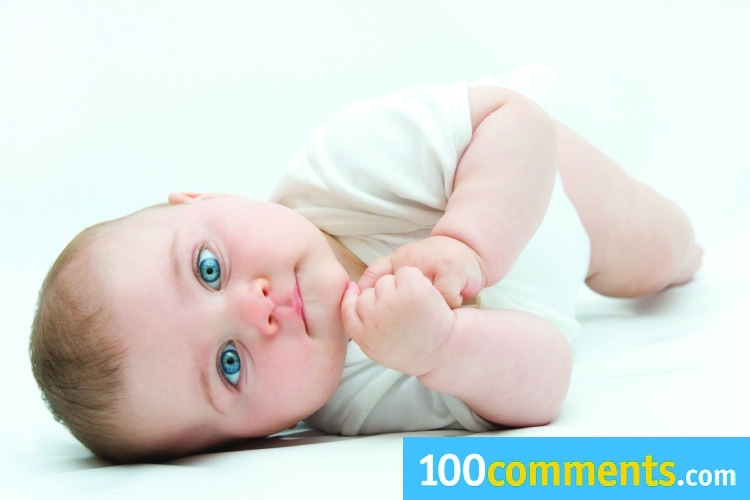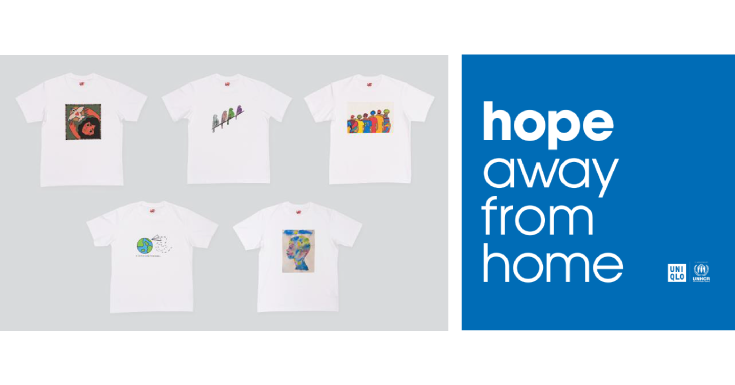Baby’s Eye: Diseases and Treatments
Some eye conditions are considered normal for newborns – even if they don’t look that way. Here’s how to tell if your baby truly has an eye issue and what you can do about it.
Without doubt, your newborn’s vision is very important, and it’s natural that parents are concerned when their babies develop eye conditions that are out of norm. Good news is, serious eye conditions and blindness are rare in newborns. This said however, your little one may occasionally develop eye infections, so eye check-ups are an essential part of your baby’s healthcare.
During your infant’s first eye exam, the paediatrician will give her a screening eye exam to check for infections or structural problems in the eyes. These may include malformed eyelids, cataracts, glaucoma or other abnormalities. When your baby reaches 6 months old, your paediatrician will examine your baby’s eye alignment and visual fixation (how it focuses its gaze).
Your paediatrician should notice signs of eye diseases if you have been bringing your baby for regular check-ups. However, if after four months of age, your baby still has problems with eye muscle control problems, have your doctor examine her eyes to rule out neurological or muscle concerns. Should you notice any of the signs and symptoms before the next check-up, have your baby’s eyes examined promptly.
Table of Contents
DID YOU KNOW?
A newborn’s visual acuity (sharpness of vision) is approximately 20/400. This is equivalent to seeing only the big letter “E” on an eye chart. Vision slowly improves to 20/20 by age 2 years. Colour vision is present at birth.
Signs and Symptoms
Parents should also take note when there are significant changes or abnormalities in their baby’s eyes. Here are some signs and symptoms of your baby’s eyes that you should look out for, which may indicate an eye problem.
- One eye moves and the other doesn’t move or moves differently
- One eye never opens
- An unusual, constant spot in her eyes in flash photos. For example, there may be a white spot in place of the common red-eye from a camera’s flash
- Cloud eyes with some presence of white, grayish-white, or yellow substance in the pupil
- Bulging eye(s)
- Drooping eyelid(s)
- Frequent squinting
- Occasional rubbing of eyes when your baby is not sleepy
- Light sensitive eyes
- Different sized eyes or pupils
- After a month old
- Lights, mobiles or other distractions do not attract your baby
At 3 months old
- Eyes that turn way in or out, and stay that way
- Eyes do not follow the movement of a toy that is moved side to side in front of your baby
- Eyes that jump or wiggling back and forth
- Regular tilting of head when looking at objects
Common Eye Problems
From mild infections to eye imbalances, there are many types of eye conditions that may affect your baby. Common ones include these listed below.
Conjunctivitis (or pink eye)
This eye condition causes your baby’s eyes to appear red – they may also ooze pus and become puffy and tender. Conjunctivitis is caused by an infection of the lining of the eyelids and of the outer protective layer of the eye (the conjunctiva). It can be caused by a bacteria or virus or by allergies. Sometimes conjunctivitis in a newborn may be caused by a blocked tear duct or irritation produced by the topical antimicrobials given at birth.
To treat infection, topical antibiotic eye drops and ointments, oral antibiotics, and intravenous (given through a vein) antibiotics are all used, depending on the severity of the infection and the organism responsible for it. Topical (applied to the eye) and oral or topical and intravenous treatments are sometimes used at the same time. The newborn’s infected eye may also be rinsed with a saline solution to remove the accumulated pus. If the conjunctivitis is caused by a blocked tear duct, gentle warm massage between the eye and nasal area may help. If the blocked tear duct is not cleared by one year of age, surgery may be required.
Blocked tear duct (sticky eye)
This condition happens when your infant has a tear duct that is not fully developed, resulting in build-up of tears that they are unable to drain away through the tear duct in his nose. This causes your baby’s eyes to look wet and sticky constantly. Fortunately, 90% of babies born with a blocked tear duct will have it naturally resolve itself by the time they are 12 months old. However, sometimes the tear duct can become infected which will produce white or yellow discharge for the eye and perhaps swelling or redness around the tear duct, leading to conjunctivitis in some cases.
To remedy this, regularly clean away excess tears and any sticky discharge with a damp cloth. You can also try massaging the tear duct to ease the fluids out – but do ask your doctor how to do this. If the blocked tear duct hasn’t resolved itself by 12 months, your baby may be required to undergo a simple operation to open it using a fine probe.
Cataracts
Cataracts can also happen in babies and they are usually found by the paediatrician during check-ups. Normally the lens inside our eyes that help us to focus is crystal clear, but in some cases, the baby’s lens may be cloudy, which keeps light from passing through. If the cataract is severe, the pupil appears white and surgery may be required to remove the cataract.
Amblyopia (lazy eye)
Amblyopia is the medical term for a loss of vision in an apparently healthy eye which is caused by imbalance between the eyes. In these cases, the child may subconsciously use one eye more often. The other eye will then lose vision due to lack of use. An eye imbalance can occur when there is cataract, strabismus, ptosis (droopy eyelid), eye injury or a refractive error that is worse in one eye.
Amblyopia usually does not have symptoms and often is discovered at a school vision screening. It is ideally treated by an eye doctor before the child is 6 to 10 years old, or the vision loss will be permanent. Treatment encourages the child to use the lazy eye by wearing glasses, and/or wearing a patch over the “good” eye or instilling an eye drop to the good eye.
Source: chicago.medicine.uic.edu
SMART TIP!
- In conjunctivitis caused by bacteria, it’s very likely that the conjunctivitis will appear in both eyes – though, perhaps not at the same time.
- A virus-based conjunctivitis may only appear in one eye and will cause profuse watering and itchiness of the affected eye.
- Allergy-based conjunctivitis usually has other accompanying allergy symptoms – hay fever, itchy eyes, twitchy nose.
Putting Eyedrops Into Your Baby’s Eyes
- Before administering eyedrops, wash your baby’s eyes with warm water and remove any excess discharge.
- When using eyedrops, aim for the inner corner of the eye. When he opens his eyes, the eyedrop will flow into his
eyes easily. - If his eyes are feeling uncomfortable, you can apply a warm compress, which may help soothe the discomfort.





















Leave a comment